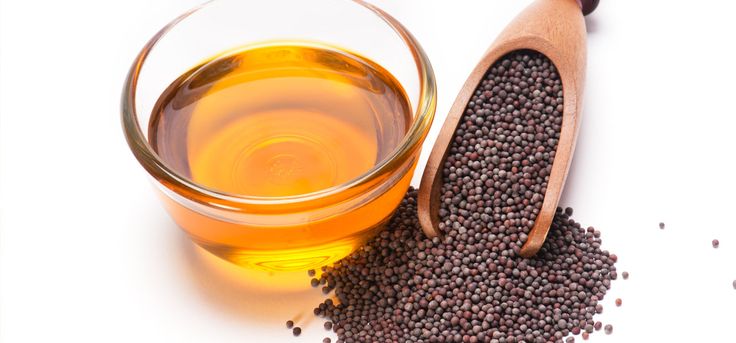
Scientists have known for a long time that mustard’s pungent heat thins mucus and makes it easier to breathe when you have a cold or flu. But this versatile kitchen condiment has turned out to be more than a feel-good remedy. A close relative of broccoli, cabbage and other cruciferous vegetables, mustard contains a variety of chemical compounds with impressive healing credentials.
What’s it good for?
- athlete’s foot
- back pain
- colds and flu
- fever
- headache
Let’s begin with mustard’s role as an expectorant. When your nose is so blocked up that you can hardly breathe, a dollop of mustard – on a hot dog, for example – delivers a hefty dose of myrosin and sinigrin, chemicals that make mucus watery and easier to expel from the body.
A traditional congestion remedy is to apply a mustard poultice – made by crushing a few tablespoons of mustard seeds and adding them to a cup of flour along with a little water to make a paste – to your chest. The aroma unblocks stuffed nasal passages, while the “heat” increases blood circulation in the chest and makes it easier to breathe. Be sure to protect the chest skin by applying a thick coating of petroleum jelly before you put on the plaster. And don’t leave the plaster on for more than 15 minutes or it will burn the skin. Finally, wash your hands thoroughly after handling a mustard poultice and before touching your eyes, nose or mouth.
Another way to benefit from mustard’s congestion-busting properties is to and a little ground mustard seed to your bath.
That’s just the beginning of mustard’s magic. It’s also used for:
- Eating Raynaud’s symptoms For people who periodically suffer from the painful cold fingers that characterize this circulatory problem, a mustard plaster has been found to help. Mustard plaster have long been used to treat Raynaud’s disease. Applied to the skin, the mustard causes mild irritation that increases the local blood supply creating a warm tingling sensation – a perfect antidote to frigid fingers. Mix 100g (31/2oz) fresh ground mustard seed with hot, but not boiling, water to make a thick paste. Spoon it onto a piece of gauze large enough to wrap round the affected fingers. Apply the plaster and remove it after 1 minute. If the skin reddens (which is very likely) rub in a little olive oil. Rubbing some Vaseline into the hands before you apply the plaster will help to stop the mustard from burning the skin.
- Stimulating appetite Adding mustard to your food increases the flow of saliva and digestive juices – natural ways to stimulate appetite when you’ve been under the weather and aren’t eating as well as you should be.
- Knocking out athlete’s foot A bit of mustard powder added to a footbath can help to kill athlete’s foot fungus
- Rubbing out back and joint pain Herbalists call mustard a rubefacient, which means that it stimulates soothing warmth when applied to the skin. Like cayenne pepper, it also appears to deplete nerve cells of substance P. a chemical that transmits pain signals from the back to the brain. In fact, mustard oil is the main ingredient in at least one proprietary arthritis liniment. To you mustard for pain, either mix up a mustard plaster or soak a cloth in a strong mustard infusion made by pouring a cup of boiling water onto 1 teaspoon of ground mustard seed and infusing for 5 minutes. Apply this compress to the sore area. One arthritis sufferer suggested massaging a mixture of warm mustard oil and camphor into aching joints – but mustard oil is simply too strong to use on the skin, so we don’t recommended this approach.
- Easing headache, fever and congestion Soaking your feet in hot water with a little mustard powder added can accomplish a number of goals. It can unblock a head cold, help to reduce a fever and soothe a headache. Drawing blood to the feet helps to disperse congestion, increases circulation and eases pressure on the blood vessels in your head.
There are several varieties of mustard including black, brown and white (also called yellow). White mustard seeds aren’t quite as hot as other varieties. If you take mustard seeds by mouth, beware: they have a laxative effect if you eat enough of them. Mustard powder is also used to induce vomiting, eating more than a teaspoon is likely to have this effect.